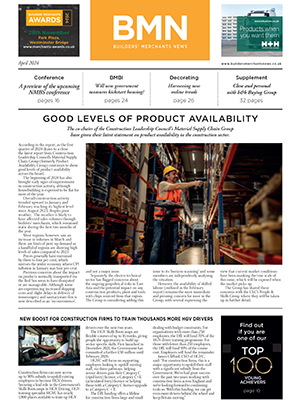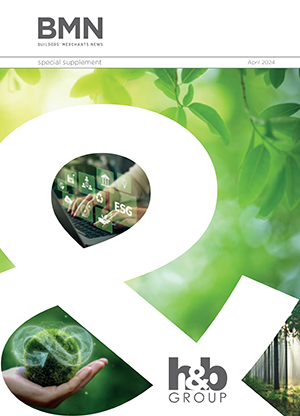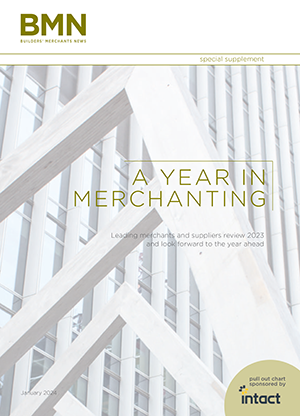Growth of both business activity and incoming new business accelerated sharply in July since June, according to the latest Markit/CIPS UK Construction Purchasing Managers’ Index (PMI). This resulted in a solid increase in construction employment levels.
The seasonally adjusted index was above the 50.0 no-change value for the third month running, and the latest reading signalled that the rate of output growth picked up to its fastest since June 2010.
Higher levels of business activity were recorded in all broad areas of the construction sector; however, residential building activity was by far the strongest performing category. Growth of housing activity has now been recorded for six months running. Meanwhile, civil engineering activity returned to expansion in July, and commercial construction output rose at the most marked pace since May 2012.
Increased volumes of new work also contributed to a further upturn in construction firms’ confidence about the 12-month business outlook.
Meanwhile, the latest upturn in construction output led to a sharp rise in purchasing activity in July. There were signs that this placed further strains on suppliers to the construction sector, with vendor lead-times lengthening to the greatest degree since June 2007, while cost inflation picked up to its fastest for nine months.
Tim Moore, senior economist at Markit and author of the PMI, said: “July’s survey highlights a new wave of optimism across the UK construction sector, with companies reporting a pace of expansion in excess of anything seen over the past three years. The swing back to output growth broadened to include commercial and civil engineering activity during July, although housing construction remains the one thing crucial to the sector’s strong upturn at present.”
David Noble, chief executive officer at the Chartered Institute of Purchasing & Supply, agreed: “Homes are the beating heart of this rapid recovery in the construction sector, backed by a solid expansion in civil engineering and commercial activity. Better economic conditions, a jump in new business activity and the strongest level of confidence since the era of austerity began in 2010, strongly suggest this growth can be sustained into Q3.
“One constraint on the sector is the pressure on suppliers to meet the sharp rise in demand. due to a shortage of capacity based on hard learnt lessons over the past few years. This will be something to watch in the coming months.”






